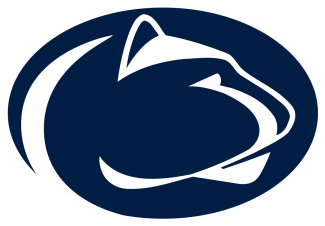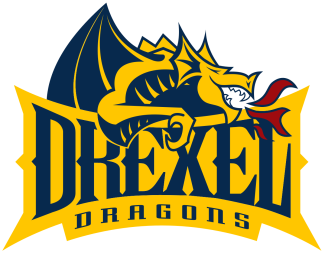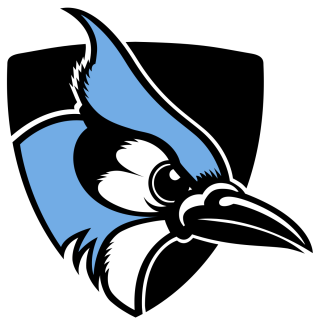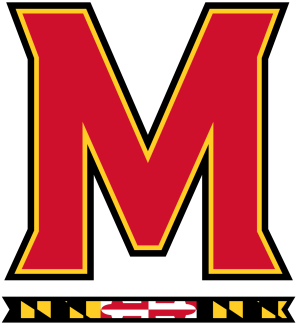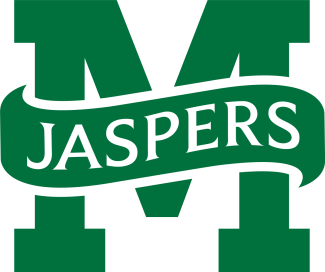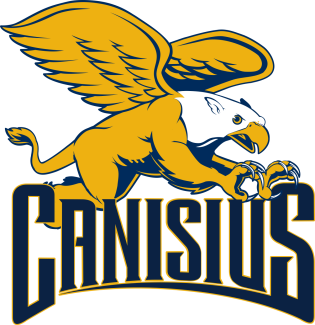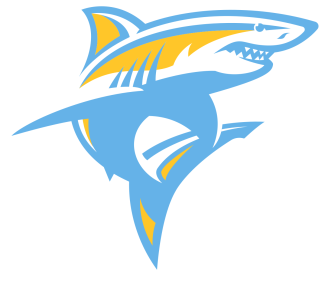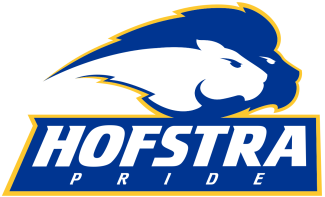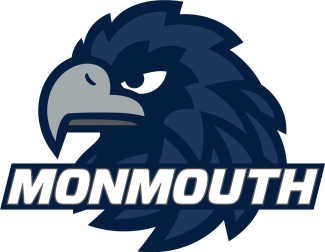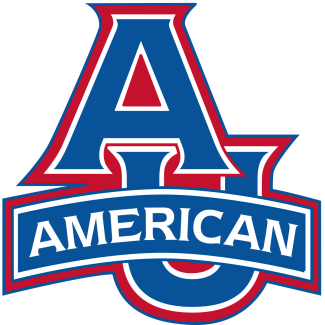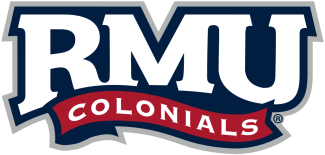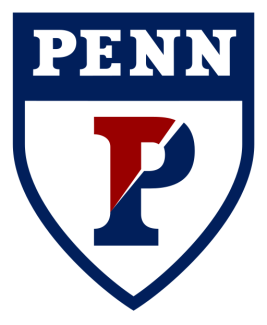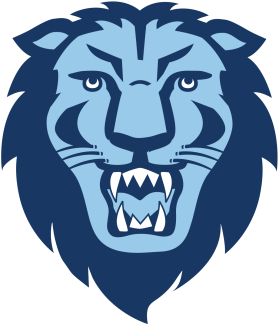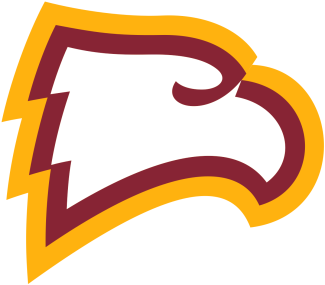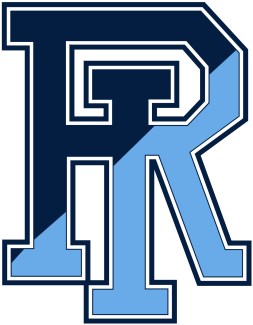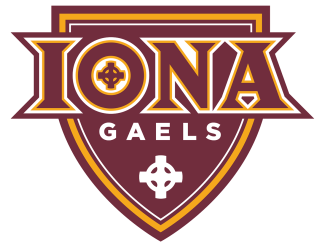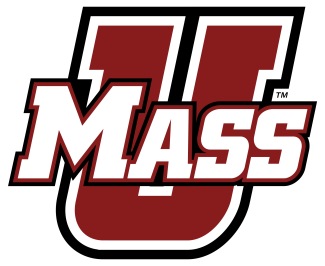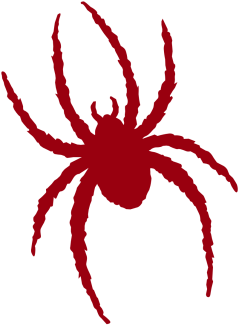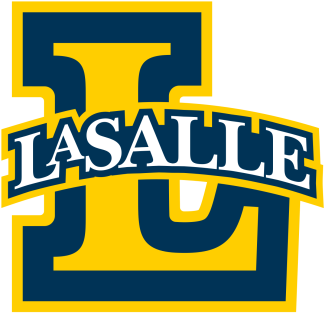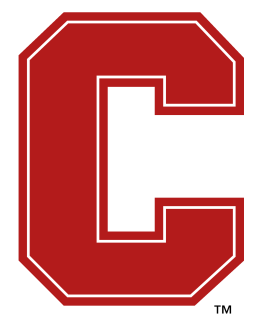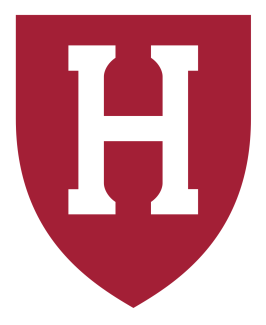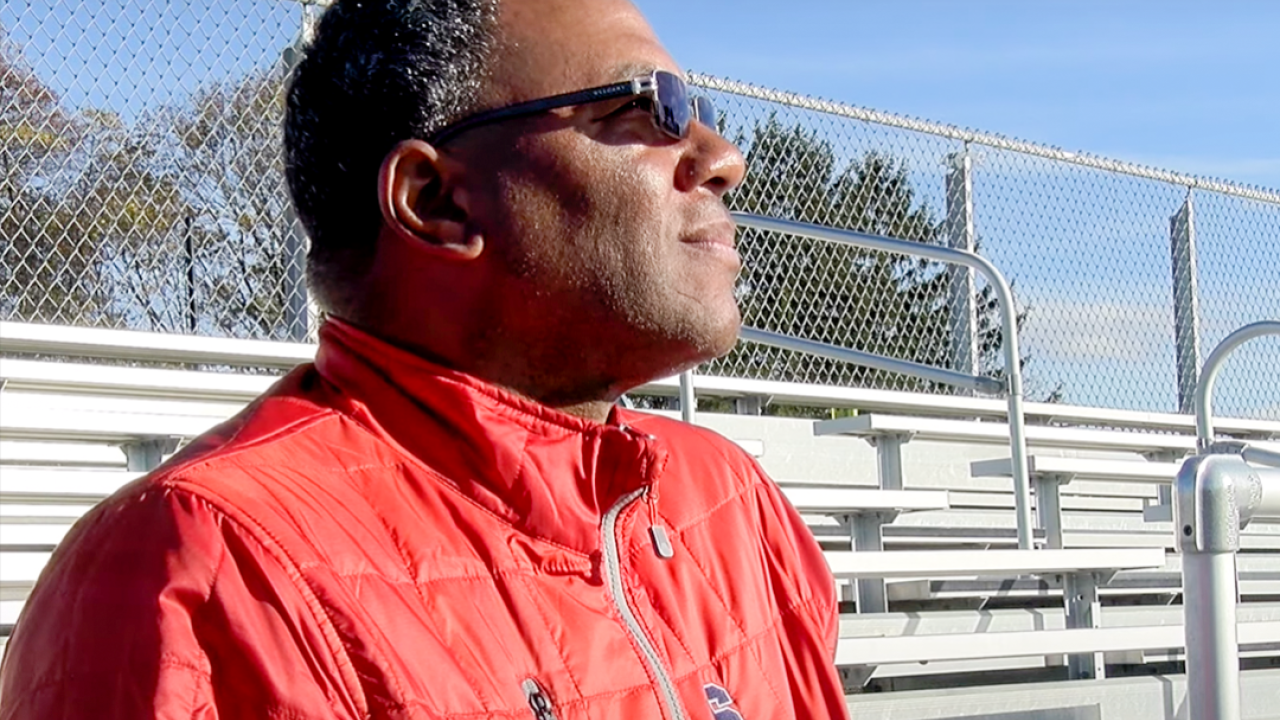DUMPSON WENT RATHER FAR, considering he did not know his father and his mother died when he was 6. His older sister, Wendy, was his legal guardian. The youngest of six siblings, Dumpson seldom stayed in one place. But he had the support of his extended family and a diverse group of friends from different socioeconomic backgrounds.
“On Long Island, in towns that are extremely wealthy but also have poverty, kids go to school together,” Dumpson said. “It’s what makes Long Island special.”
In middle school, Dumpson befriended Cliff Mendelson, whose father, Herb, was an All-American soccer goalie and lacrosse team MVP at Syracuse in the 1940s and was a senior partner at a prominent law firm in New York.
“A Jewish family. How about that?” said Dumpson, the youngest of six siblings. “I spent a lot of time with that family. Ski trips, family events — they basically adopted me.”
Dumpson previously tried lacrosse in grade school but his family pedigree pointed his ambition elsewhere. His uncle, Bill Dumpson, starred in multiple sports at then-Port Washington High School and was the first Black player named to the All-Newsday basketball team. He went on to play baseball at South Carolina State, striking out 17 batters in an exhibition against the Homestead Grays of the Negro National League and leaving with the opponent that night to join the pros. He spent three years in the Negro leagues and also played basketball for the Harlem Globetrotters, where he earned the nickname Showboat.
In Dumpson’s family and the neighborhood where he grew up, basketball was the measuring stick. That other sport with a stick? It wasn’t even a consideration until he saw Owens play.
“I’m a student of many games. I’m a people watcher,” Dumpson said. “I got to sit back and watch Keith.”
Neither Owens nor Dumpson were recruited to play lacrosse in college. Owens went the junior college route, becoming a two-time NJCAA All-American at Farmingdale and Nassau. Dumpson joined the workforce, spending two years at Aristo Grid Lamp Products installing aircraft lights.
Both played for Harvey’s Lax Club, routinely outperforming Division I players who came home for the summer to compete at Cantiague Park in Hicksville. That’s where legendary Syracuse coach Roy Simmons Jr. discovered them.
Owens had blazing speed, a lightning quick release and distributed the ball with pinpoint precision. Dumpson had a powerful shot and downhill dodging ability. Simmons was busy breaking new ground with the Gaits in British Columbia, but Cliff Mendelson convinced him to add Port Washington to his itinerary.
“He just kept pestering Coach,” Owens said. “I had never met Roy. Never spoke to him. I met him when I got to Syracuse. The day I got there was the day I got my acceptance letter.”

